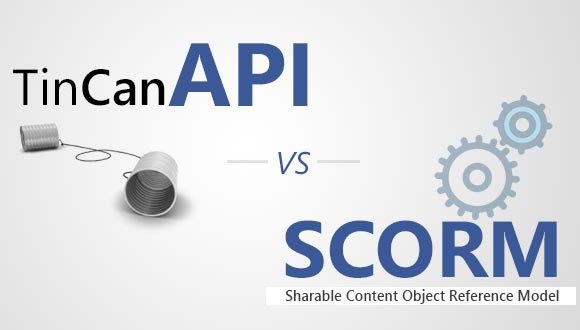In the era of digital learning, K-12 online learning platforms are transforming education by providing flexible and engaging instruction for students of all ages.
In this post, I will help you explore six of the best online learning platforms for K-12 students in 2024. I’ll also discuss the features and benefits of using online platforms for K-12 learning.
Key Features of Online Learning Platforms for K12 Students
Online learning platforms are making a difference in K-12 education by offering a dynamic and engaging way to learn.
Here’s a look at some key features they provide to students, teachers, and parents:
1. Personalized Learning Paths
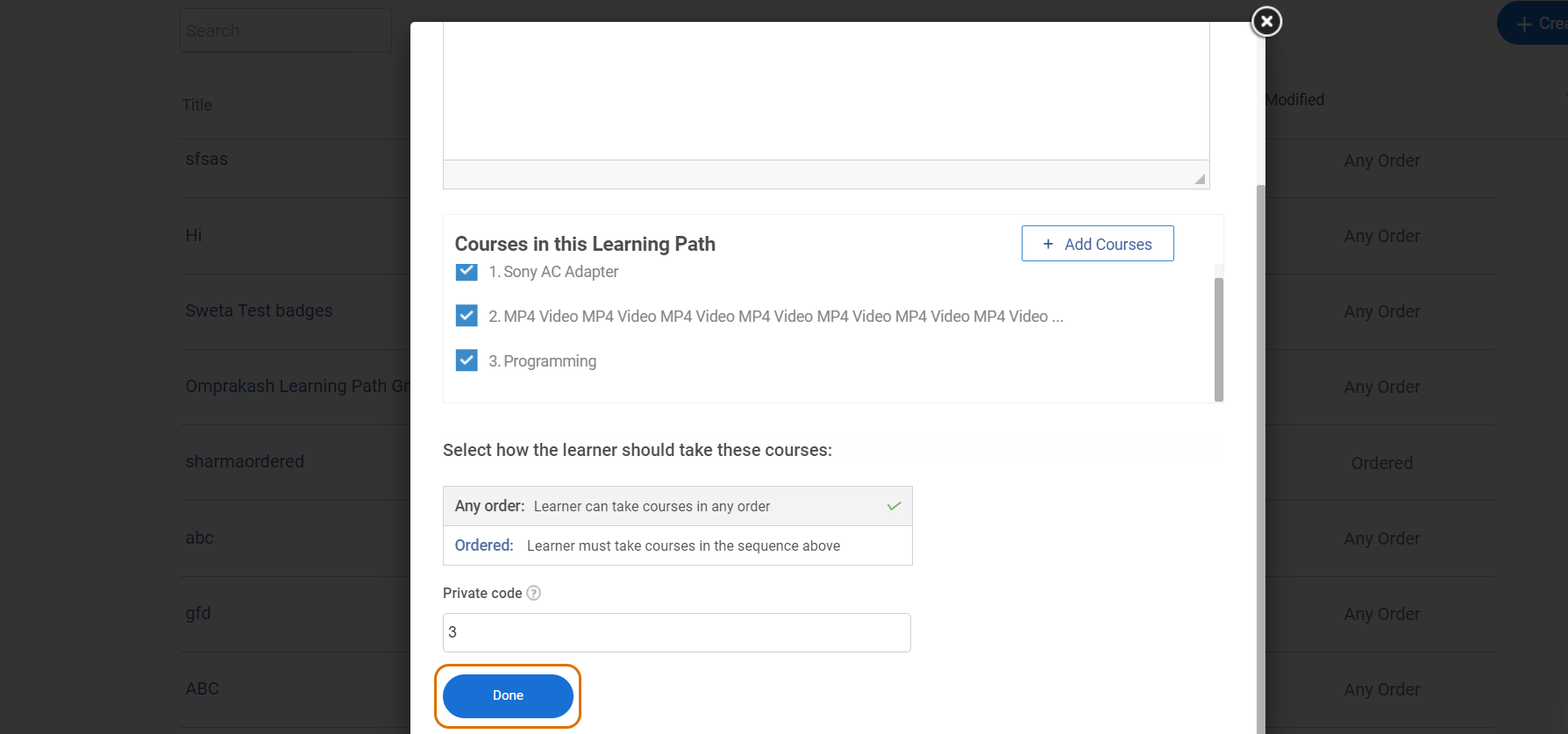
Students learn at their own pace. Platforms can adjust the difficulty level and recommend activities based on students’ understanding. This will help them master concepts before moving on.
2. Virtual Classrooms
Most online platforms have virtual classrooms, which streamlines the way instructors manage student activities. These platforms let you add learners, create groups, and assign courses and tests from one central location.
Instructors can monitor progress in real time as well. This centralized approach simplifies administrative tasks and enhances the learning experience by providing immediate access to educational resources and feedback.
3. Content Library
Access to a vast collection of interactive courses, simulations, and videos makes learning more exciting and caters to different learning styles (visual, auditory, and kinesthetic).
For instance, I have seen most educational institutions using ProProfs Training Maker not just for readymade courses but also to create their courses from scratch. So, if you want to create your educational content, you can try this tool!
Case study: Language Connections, a language and interpreter training school, needed to move its lessons online because of COVID-19. They had a big task: to get over 100 pages of lessons ready for online use. They chose ProProfs Training Maker because it was easy to use and had everything they needed. With ProProfs, they quickly put their courses online and started seeing more students join, not just from their area but also from other states.
4. 24/7 Accessibility
Online learning platforms revolutionize accessibility by offering round-the-clock availability. This empowers learners in numerous ways. Students can revisit lessons, complete assignments, or prepare for tests anytime. This is especially helpful for those who need extra practice or miss class due to illness.
No longer confined by classroom schedules, individuals can design their own learning journeys. Busy professionals can squeeze in study sessions during commutes or breaks, while students with packed schedules can learn late at night or on weekends. This flexibility extends to location as well.
With an internet connection, learners can access course materials from any device, be it their home computer, a tablet at a coffee shop, or even a phone while traveling.
5. Assessments and Tests
Most K12 online learning platforms allow you to design assessments and tests for your students. You can distribute the assignments online if a student cannot attend classes or is ill on exam days. This way, they can complete the tests no matter where they are or their circumstances.
For instance, Lincoln High School, serving over 700 students globally, faced challenges with traditional paper-based tests, which were time-consuming to grade. They sought an efficient online solution to streamline this process. ProProfs Training Maker emerged as the ideal tool that simplified their test creation and offered flexibility in test-taking. This platform allowed them to add multimedia elements to tests and automate grading. It also supported customized tests to accommodate individual student needs. The transition to ProProfs enhanced the testing experience for students and teachers and facilitated greater parental involvement in the learning process.
6. Real-time Feedback
Online platforms provide immediate feedback on quizzes and assignments. This helps k12 students to identify areas needing improvement and teachers to adapt their instruction accordingly.
Various learning platforms like ProProfs Quiz Maker enhance learning by providing immediate feedback to learners after they answer quiz questions. This feature allows for a detailed explanation for each answer. This will help your learners understand the material better and reduce future mistakes.
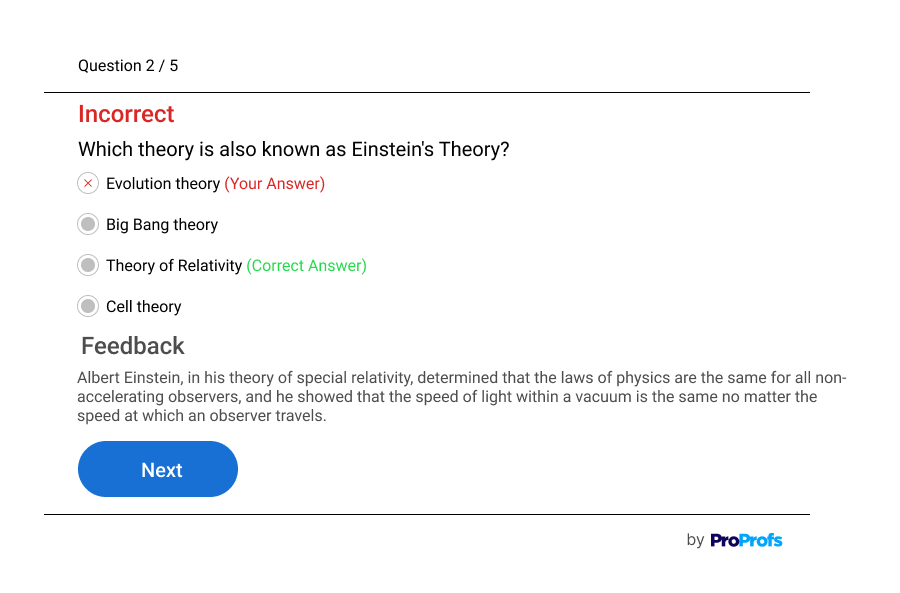
Instructors can offer specific feedback for correct and incorrect responses or general comments applicable to all. This tailored approach ensures that feedback is relevant and constructive.
Feedback appears after quiz submission, but learners receive instant feedback in practice mode, allowing for on-the-spot learning and improvement. This tool effectively bridges the gap between teaching and understanding, making learning more interactive and effective.
7. Improved Communication and Collaboration
Platforms offer discussion forums, chat rooms, and collaborative tools for students to interact with peers and teachers. This fosters teamwork and helps students develop their communication skills.
8. Increased Parental Involvement
Many platforms give parents easy access to their child’s progress reports, assignments, and deadlines. This allows parents to stay informed and support their child’s learning journey.
So, by incorporating online learning platforms, K-12 education can become more personalized, engaging, and effective for all involved. It’s important to remember that online learning platforms are just one tool in the educator’s toolbox. They work best when used in conjunction with effective teaching practices and social interaction with classmates.
Benefits of Online Learning for K-12 Students
Online learning offers a variety of benefits for K-12 students, both in terms of academic achievement and personal development.
Here are some of the top benefits of online learning for K-12 students.
- Flexibility and Convenience: Online learning allows students to learn at their own pace and on their own time. 45% of online students cited the ability to view lectures at any time of day as one of the top three advantages of studying online (source).
This is especially helpful for students with busy schedules or those who need to learn about other commitments.
They can access lessons and complete coursework whenever it works best for them, without the constraints of a fixed class schedule. - Personalized Learning: A study published in the Educational Psychology Review found that personalized learning can leverage student characteristics to achieve targeted learning outcomes.
Online programs can be tailored to meet the individual needs of each student. Some platforms offer adaptive learning, which adjusts the difficulty level of the material based on the student’s progress. This allows students to focus on areas where they need more help and move quickly through topics they already understand. - Accessibility: Online learning removes geographical barriers to education. Students in remote areas or those unable to attend traditional schools due to illness or other challenges can still access a quality education.
Additionally, online courses can provide a broader range of subjects that may not be available at a local school. - Help Develop Tech Skills: Online learning inherently involves using technology, a valuable skill for success today. Students become familiar with navigating online platforms, using digital tools, and participating in virtual communication.
- Self-paced Learning: Online environments can encourage students to become more self-directed learners. They can manage their time, set goals, and stay motivated. These skills are crucial for success in higher education and future careers.
It’s important to note that online learning isn’t a perfect fit for everyone. Some students may need help staying focused and motivated in a virtual environment. However, for many K-12 students, online learning offers a unique and effective way to learn and grow.
Case Study:
ProProfs Training Maker helped Olympiad Tester, a leader in Olympiad exam prep, maintain its top spot. The LMS offered a platform to create courses with various materials, like practice tests and mock exams, all in one place. Olympiad Tester highlights the ease of use and the exceptional support they received from ProProfs, even outside of regular business hours.
Best Online Learning Platforms for K-12 Students
I have listed below the top six online learning platforms for k12 students.
Beyond my personal experience, I relied on recommendations from colleagues and reviews on software comparison sites to compile this list.
Let’s dive into these tools without delay.
1. ProProfs Training Maker
ProProfs Training Maker provides a secure and centralized online classroom for K12 students. It’s a single platform where students can access courses, view reports, and more. This makes it easy for students to find all their learning materials in one place. You can also use this free online k12 online learning tool if you have a small number of students (maximum 10).
You can quickly set up a classroom for K12 students by creating accounts for each student using their email addresses. However, some students might not have email addresses. In these situations, you can generate usernames and passwords so learners can access your online classroom without an email.
The platform allows teachers to track learners’ progress, centrally assign course or quiz assignments, and motivate learners to complete assignments with friendly reminders. This helps teachers manage their classes effectively and ensures students keep up with their coursework.
Moreover, ProProfs Training Maker allows teachers to create engaging and interactive courses. Teachers can add existing presentations, documents, videos, quizzes, and surveys to make the courses more engaging. This interactive learning environment can help K12 students better understand and retain the course material.
What you will like:
- The user-friendly interface allows teachers to create courses without extensive technical knowledge.
- Incorporate multimedia like images, videos, and audio into lessons
- Assessment features to assess student understanding.
- Reports provide insights into student progress.
- Students can access courses and quizzes from any device with an internet connection,
- Supports multiple languages, which can be helpful for diverse classrooms.
What you may not like:
- The forever-free plan limits usage to only 10 learners.
- ProProfs can offer more courses specific to K-12.
Pricing:
Forever-free plan for small teams. Paid plan starts at $1.99/learner/month. No hidden charges. 15-day money-back guarantee.
2. Moodle
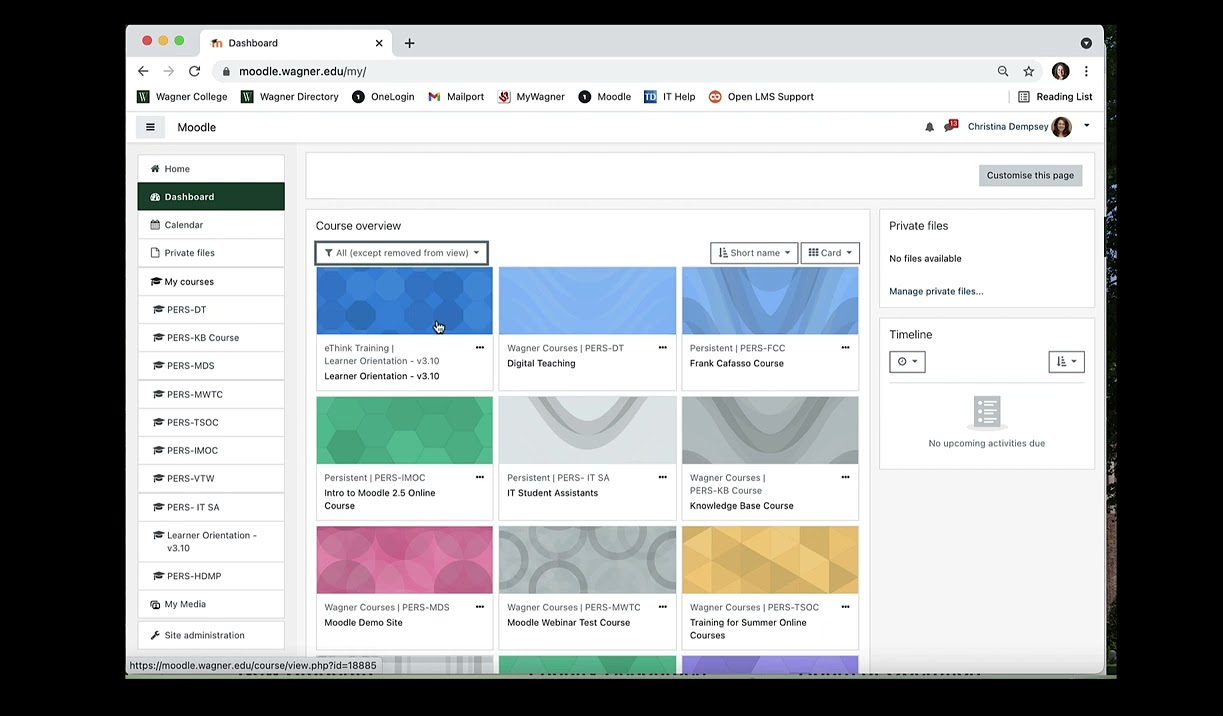
Moodle stands as my second choice for several reasons. First, it is free and open-source, which makes it widely accessible to schools and educators everywhere. This feature sets it apart because it allows users to tailor the platform to meet their educational needs.
Moodle fits a wide range of learning settings. From primary schools to universities, it offers robust tools for creating and managing online courses. Teachers can easily upload course materials, assign tasks, and interact with students. Students, in turn, can access learning resources, submit assignments, and get simple feedback.
Furthermore, Moodle benefits from a global community that helps improve it continuously. Users share insights, resources, and best practices, creating a collaborative space that enhances online education. This collective effort keeps Moodle at the leading edge of educational technology, securing its place on this list.
What you will like:
- It can be used to create courses for small groups of students or large institutions.
- It can be integrated with plugins that allow students to access some course materials and activities even offline.
- Make it easier for students with disabilities to take courses with features like text-to-speech conversion, closed captioning, and the ability to enlarge text.
What you may not like:
- With large numbers of users or when hosting resource-intensive courses, Moodle can experience slow loading times and performance lag.
- While Moodle is free to download and use, hosting it on a server incurs costs, which can add up, especially for large user bases.
Pricing:
Free for all users (reporting is basic).
3. Google Classroom
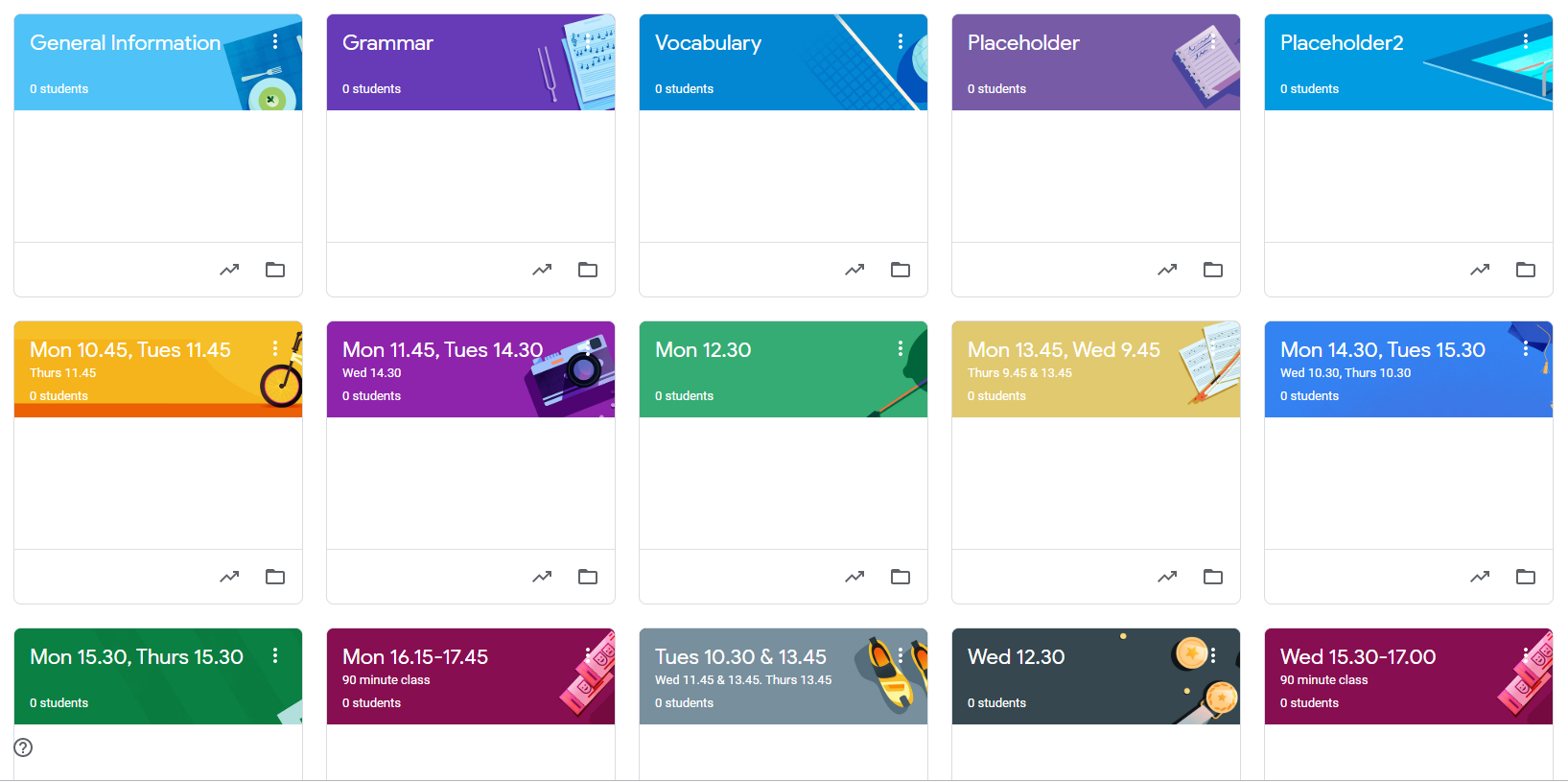
If your goal is to transform learning into an enjoyable and engaging journey for your students, Google Classroom is an excellent choice. As a product from a leading company in the market, setting up and starting with Google Classroom is straightforward.
This K-12 platform enables educators to craft interactive assignments using existing files and provide feedback for ongoing enhancement. I believe that interactive to-do lists play a significant role in increasing student engagement.
Google Classroom allows educators to effectively oversee and evaluate learning progress while maintaining a connection with learners, whether they are in schools, at home, or traveling.
What you will like:
- Seamless collaboration with Google Drive, Docs, and Sheets.
- Allows for instant feedback between teachers and students.
- Works across laptops, tablets, and smartphones.
What you may not like:
- It’s primarily for content delivery and assignment management, not complete course management.
- For courses with complex requirements, it might not be the ideal option.
Pricing:
Custom pricing
4. Nearpod
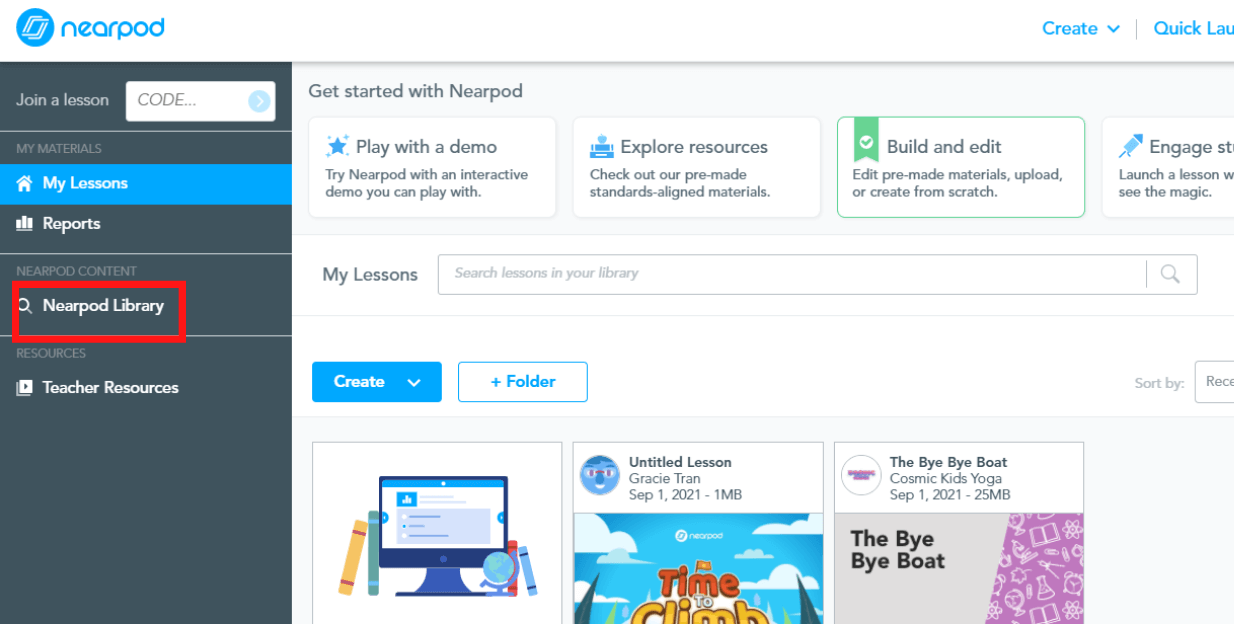
For K-12 students, Nearpod stands out as a powerful tool to transform traditional lessons into interactive experiences. It fosters active participation through various features like polls, quizzes, open-ended questions, and collaborative activities. This boosts engagement and empowers students to learn at their own pace.
Nearpod further enhances learning by providing instant feedback and real-time data. Teachers can gauge student understanding on the spot, allowing them to adapt their instruction and ensure no one falls behind.
The platform offers a vast library of pre-made, standards-aligned content, saving teachers valuable time while guaranteeing curriculum relevance. With its engaging features and focus on personalized learning, Nearpod empowers K-12 students to take charge of their educational journey.
What you will like:
- Supports teacher-led and independent learning, fitting different instructional methods.
- Offers features such as open-ended questions and virtual tours to maintain student interest.
- Works well with educational platforms like Google Classroom and Microsoft Teams.
What you may not like:
- The free version provides limited storage, potentially limiting for some educators.
- Certain features, including Flocabulary videos, incur additional charges beyond the subscription.
Pricing:
Custom pricing
5. ClassDojo
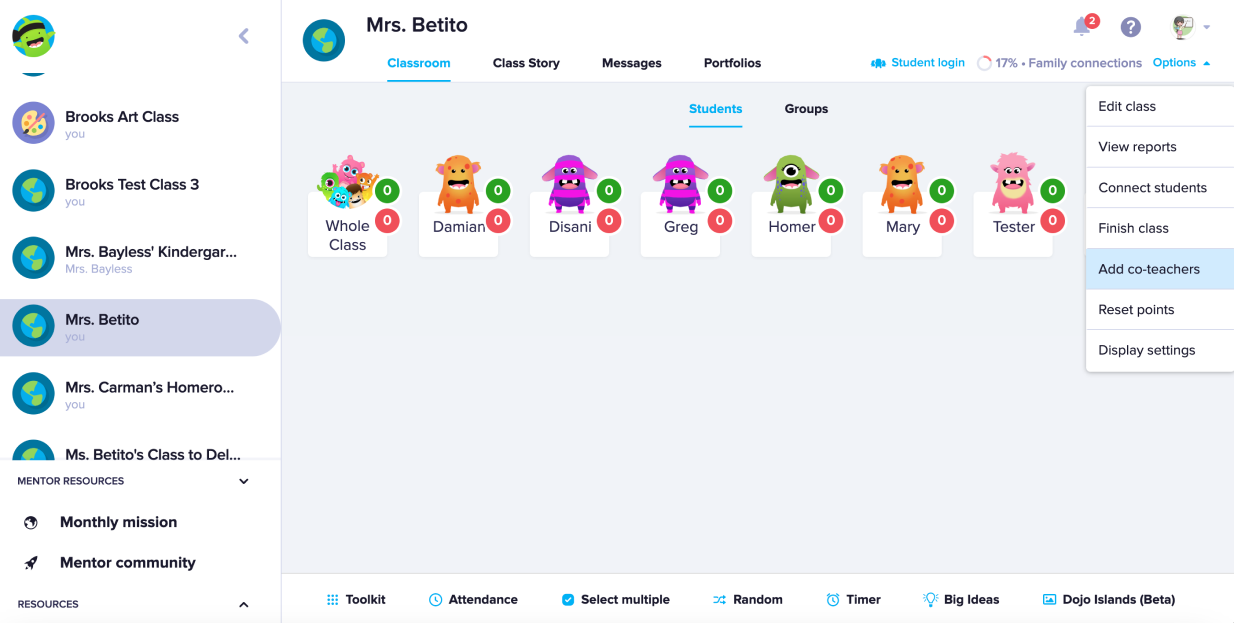
ClassDojo fosters a dynamic communication ecosystem within K-12 classrooms. It empowers teachers, students, and parents to collaborate and cultivate a thriving learning community. This platform facilitates the sharing of classroom moments through student portfolios and instant messaging, fostering engagement within families.
Furthermore, ClassDojo promotes social-emotional learning by awarding points for positive behaviors. The tool transcends language barriers by translating messages into over 35 languages.
By providing time-saving resources through its Teacher Toolkit, ClassDojo demonstrably enhances teaching practices. So, ClassDojo is a powerful tool for establishing a supportive, interactive, and growth-oriented educational experience for all stakeholders.
What you will like:
- Acts as a system for rewarding good behavior and monitoring student progress.
- Boosts interactions between teachers and parents.
- Helps teachers monitor attendance and classroom conduct.
What you may not like:
- Lacks the option to delete old messages, leading to inbox clutter.
- Users have noted that ClassDojo only allows a limited number of pictures to be posted on the Class Story.
Pricing:
Custom pricing
6. Canvas LMS
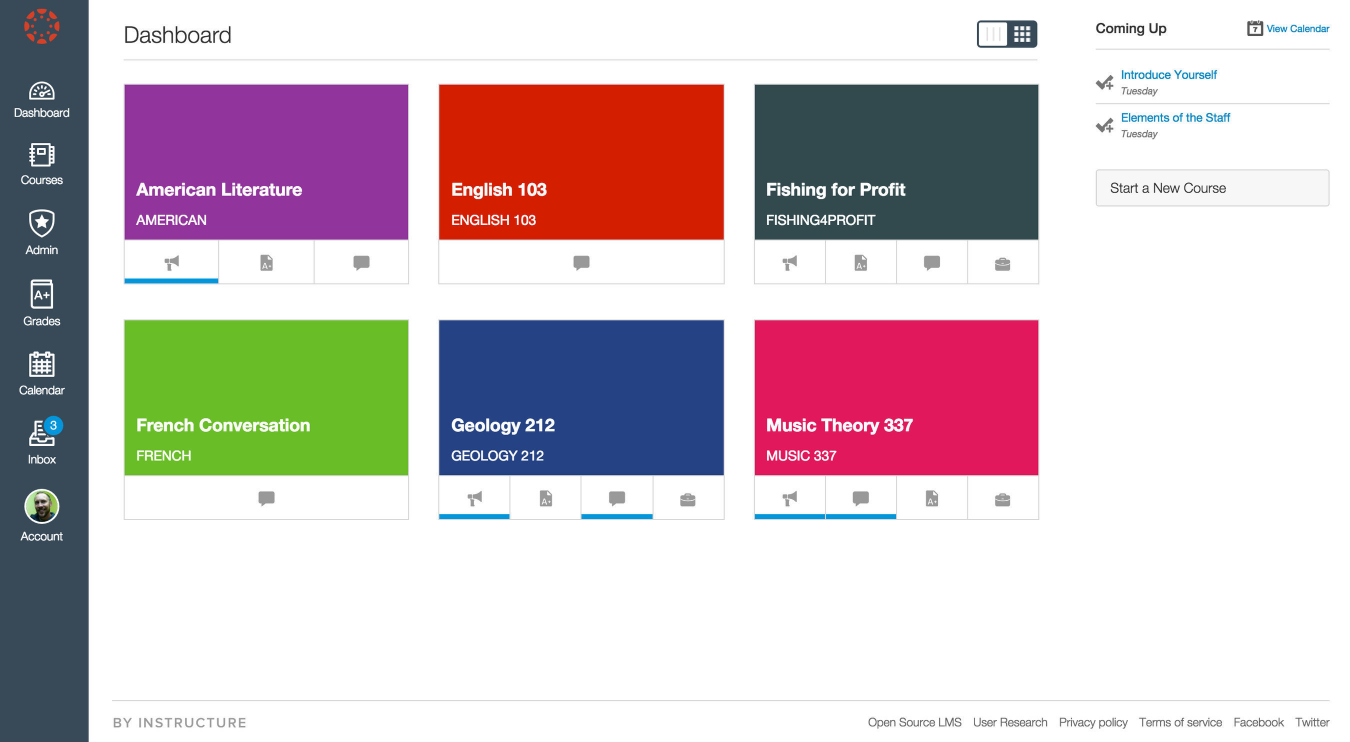
Canvas LMS emerges as an outstanding option for K12 education thanks to its wide range of features that meet the varied needs of students and educators. It boasts nearly flawless uptime and comes equipped with strong security and privacy measures.
Canvas encourages modern teaching methods like gamification and differentiated instruction, which are essential for captivating students with different learning styles and capabilities. Its user-friendly design and smooth integration with a variety of educational tools establish a unified digital learning environment.
Canvas promotes blended learning, facilitates collaboration, and delivers a superior educational experience beyond the conventional classroom. With this tool, schools can ensure fair educational access and uphold instructional continuity, which is crucial for student achievement in today’s technology-centric world.
What you will like:
- Canvas has mobile apps for teachers, students, and parents, enhancing accessibility.
- Suitable for institutions of varying sizes due to its scalable nature.
- Features like Canvas Studio and SpeedGrader promote interactive learning and efficient feedback.
What you may not like:
- Some users find certain features less intuitive, requiring time to learn.
- The interface could be more modern and less clunky.
Pricing:
Custom pricing
Choose the Best K-12 Online Learning Platforms!
In today’s digital age, you need to ensure your students receive the most effective, engaging, and personalized learning experience. Don’t let another moment pass in settling for traditional methods that no longer meet the diverse needs of today’s learners.
It’s time to take action and transform your educational approach with the top K-12 online learning platforms.
Your commitment to providing the best education starts with a single step. Choose the right platform now and set the stage for unparalleled academic success and personal growth for your students.
 Tips
Tips
We’d love to hear your tips & suggestions on this article!
Get Free eLearning Authoring Software — All Features, Forever.
We've helped 567 companies train 200,000+ employees. Create courses in under a minute with our AI LMS or use 200+ ready-made courses on compliance, harassment, DEI, onboarding, and more!

 We'd love your feedback!
We'd love your feedback! Thanks for your feedback!
Thanks for your feedback!





